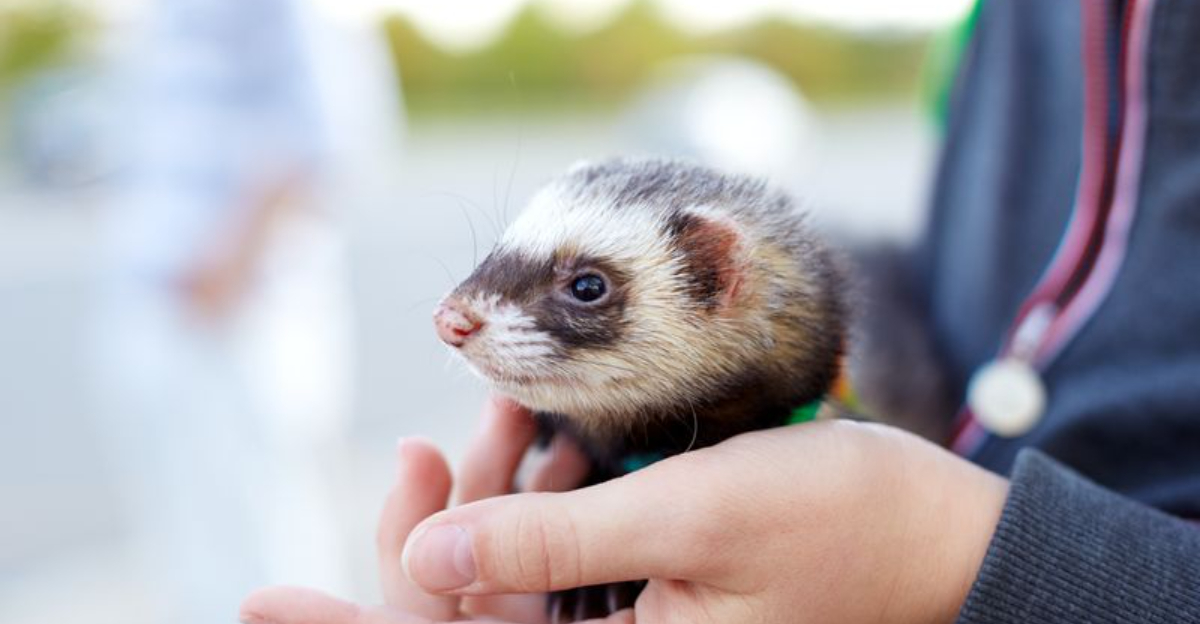Have you ever wondered what unique creatures you can legally keep as pets in the Pine Tree State?
Maine’s pet ownership laws allow for some surprisingly exotic companions beyond the usual cats and dogs. After researching the state’s regulations, I’ve compiled a list of the most fascinating legal pets in Maine, along with all the essential care tips you’ll need.
Whether your heart leans toward something furry, scaly, or somewhere in between, these nine animals could be your next ideal companion.
1. Sugar Gliders: Pocket-Sized Flying Companions
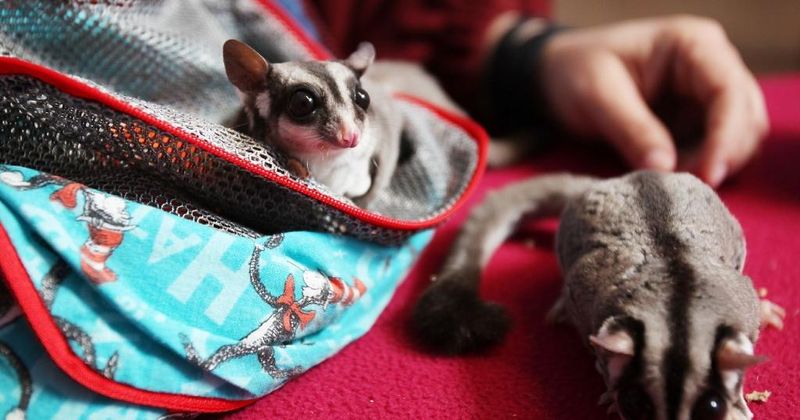
These nocturnal marsupials literally glide into your heart with their big eyes and pocket-sized cuteness. Native to Australia, sugar gliders form strong bonds with their owners and often sleep in pouches tucked against your body during the day.
They thrive on a carefully balanced diet of fruits, vegetables, and protein sources—not just any commercial mix will do.
My cousin adopted a pair last year and was shocked by how vocal they can be, making chirping and barking sounds when excited!
The biggest commitment? Sugar gliders need companions of their own kind and can live 10-15 years. Their cages must be tall rather than wide to accommodate their gliding habits.
2. Hedgehogs: Spiky Bundles of Personality
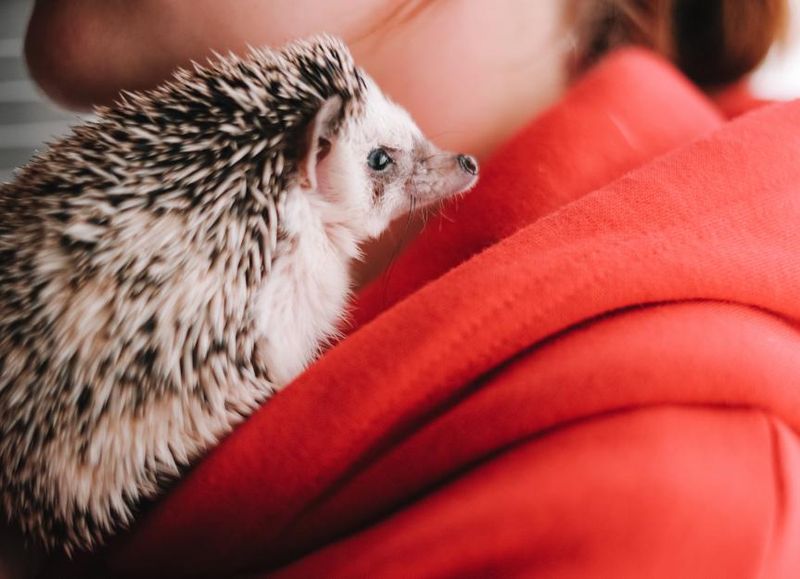
Contrary to cartoon depictions, hedgehogs can’t actually shoot their quills! These little mammals huff and puff when frightened but quickly show their curious and determined personalities once they feel secure.
Temperature control is critical—hedgehogs need environments between 72-80°F to prevent hibernation attempts that can be fatal in captivity. They’re primarily insectivores requiring high-protein diets and spacious cages with solid-surface running wheels.
Handling them regularly from a young age helps them become accustomed to human interaction. I still remember the first time my hedgehog Prickles uncurled in my palm—it felt like earning a tiny, spiky medal of trust.
3. Ferrets: Mischievous Tube-Shaped Explorers
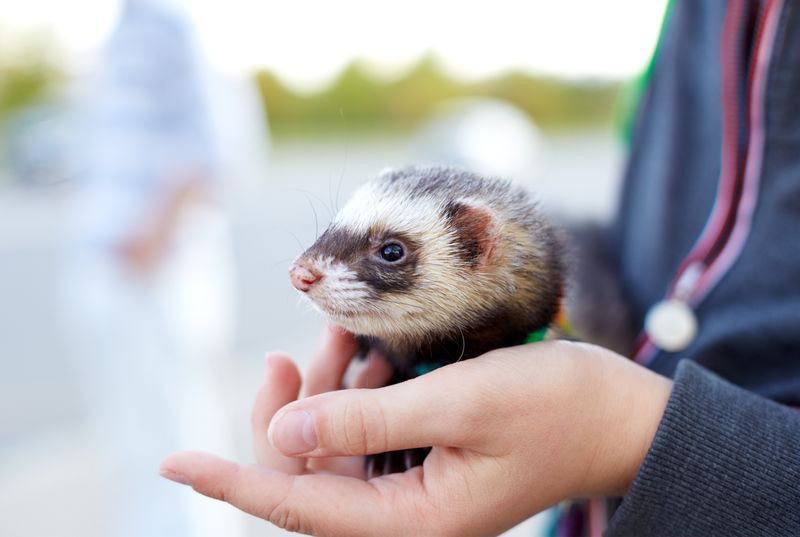
Ferrets bring non-stop entertainment with their rubber-boned bodies and playful war dances. These feisty furballs sleep up to 18 hours a day but unleash hurricane-level energy when they’re up.
They require high-protein diets specifically formulated for ferrets—cat food won’t cut it. Ferret-proofing your home is essential as they can squeeze through impossibly small spaces and have an uncanny talent for stealing and hiding your belongings.
Regular veterinary care is crucial since they’re prone to adrenal disease and insulinoma. Worth noting: ferrets have a distinct musky odor that persists even with descenting, though regular bathing (monthly, not weekly) helps manage it.
4. Chinchillas: Cloud-Soft Rodents with Century-Long Lifespans
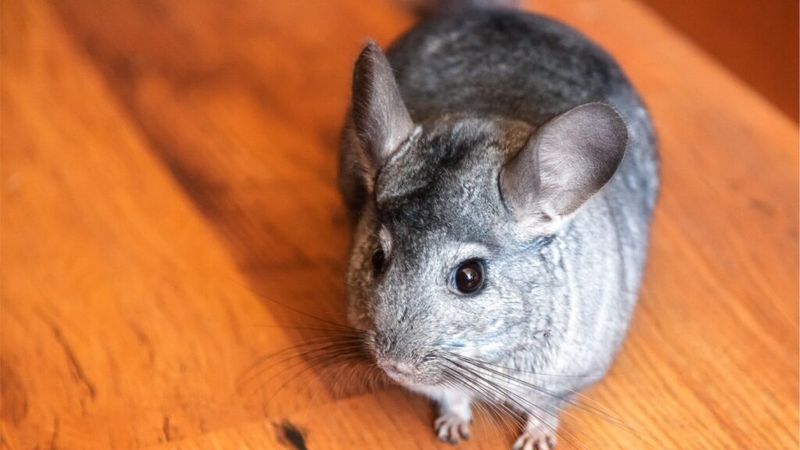
Chinchillas possess the densest fur of any land mammal—with up to 90 hairs growing from a single follicle! Their velvety coats require dust baths rather than water to stay clean, creating adorable tornado-like displays as they roll around.
Heat sensitivity is their Achilles’ heel; temperatures above 75°F can cause fatal heatstroke. These South American natives thrive in multi-level cages with wooden shelves and hiding spots, though they’ll chew through plastic faster than you can say “rodent.”
Potentially living 15-20 years (with some reaching 30+), chinchillas represent a serious long-term commitment. Their nocturnal nature means they’re most active when you’re winding down—ideal for night owls like me!
5. Axolotls: Smiling Underwater Regenerators
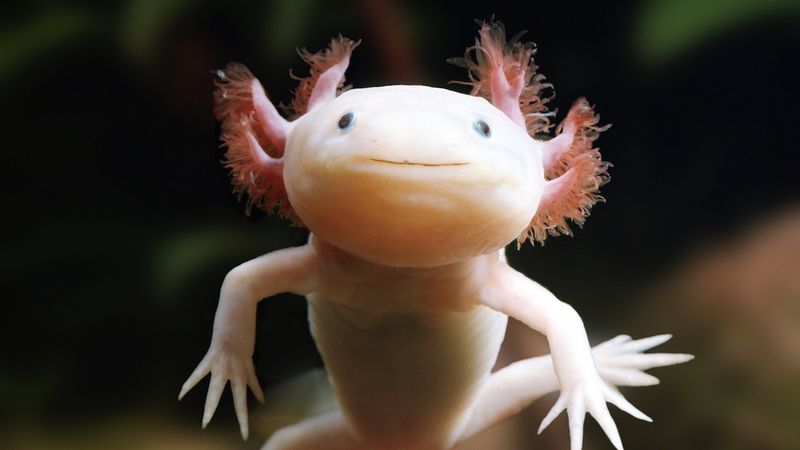
Axolotls look like they’re always grinning, which perfectly matches my mood whenever I watch these aquatic salamanders float around their tanks. Their most mind-blowing feature? They can regenerate entire limbs, portions of vital organs, and even parts of their brain!
Native to Mexico, these amphibians never undergo metamorphosis, remaining in a juvenile aquatic state their entire lives. They need carefully designed tanks with gentle filtration, cool water (60-64°F), and substrate that won’t be accidentally ingested during their vacuum-like feeding method.
Axolotls come in several colors including wild-type, leucistic (pink/white), and golden—all equally charming with their external gill structures that look like feathery headdresses.
6. Bearded Dragons: Desert-Dwelling Reptilian Sunbathers
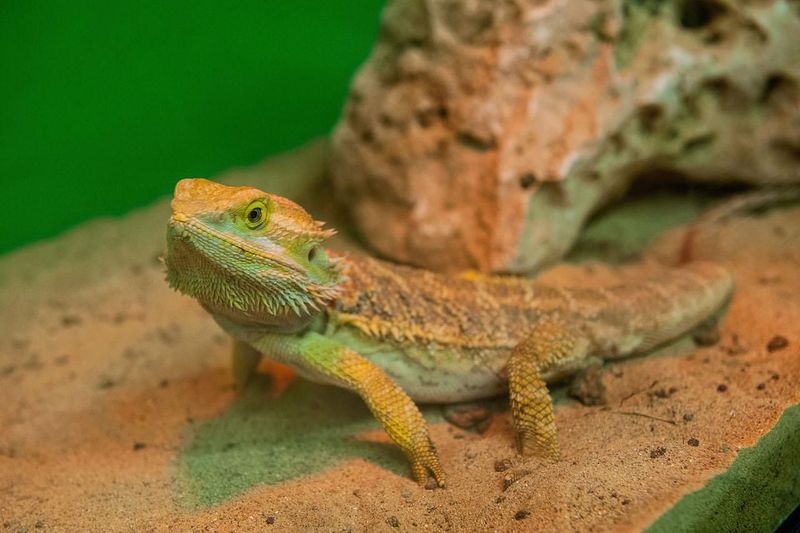
Bearded dragons earned their name from the spiky scales under their chins that expand when they’re feeling threatened or amorous. These Australian reptiles actually recognize their owners and may run to greet you—making them the puppies of the lizard world.
Creating proper temperature gradients is essential, with basking spots reaching 100-110°F while the cool side stays around 80°F. Their omnivorous diet shifts from mostly insects as juveniles to primarily vegetables as adults.
UVB lighting isn’t optional—it’s absolutely necessary for calcium metabolism and preventing metabolic bone disease. With proper care, these remarkably expressive lizards can live 8-12 years, watching you with surprising intelligence from their heated perches.
7. Leopard Geckos: Eyelash-Batting Insect Hunters
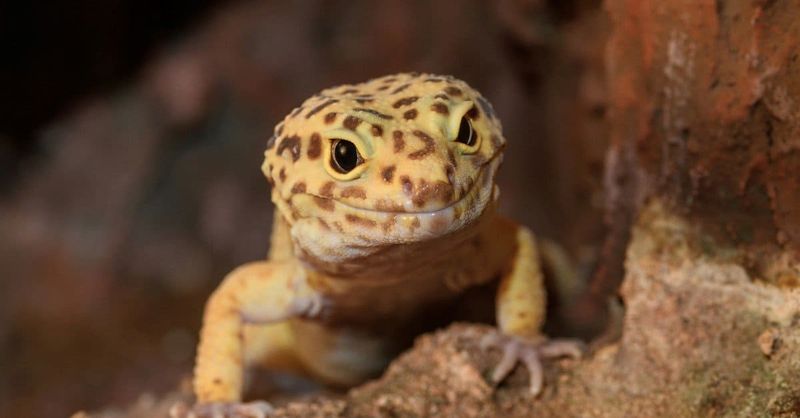
Leopard geckos have movable eyelids—unlike most other geckos—giving them an almost charming look when they blink. These ground-dwelling reptiles from arid regions of Afghanistan, Pakistan, and India sport spotted patterns as unique as fingerprints.
Unlike many reptiles, they lack sticky toe pads, making escape less likely if handled. Their calm nature and manageable size (8-10 inches) make them ideal starter reptiles. My leopard gecko Spots developed such a routine that she’d perk up exactly when I entered the room at feeding time!
They’re crepuscular hunters, most active at dawn and dusk, and can drop their tails when threatened—a defense mechanism that, while impressive, should be avoided through gentle handling.
8. Maine Coon Cats: Native Gentle Giants
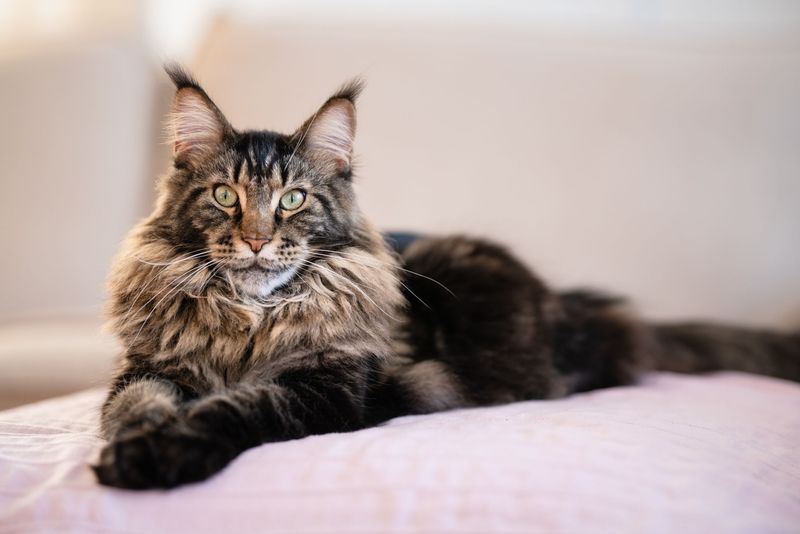
Maine Coon cats aren’t just legal in Maine—they’re practically the state mascot! These magnificent felines evolved naturally in the harsh New England climate, developing tufted ears, bushy tails, and water-resistant shaggy coats that would make any outdoor enthusiast jealous.
Males can reach a whopping 18 pounds or more, yet move with surprising grace. Their polydactyl tendency (extra toes) historically earned them the nickname “snowshoe cats” among sailors who prized them as mousers on ships.
Despite their imposing size, Maine Coons possess notoriously gentle temperaments and dog-like loyalty. They’re known for their distinctive trilling vocalizations rather than standard meows—a delightful forest-like symphony often heard when breakfast time rolls around.
9. Koi Fish: Living Jewels With Century-Long Lifespans
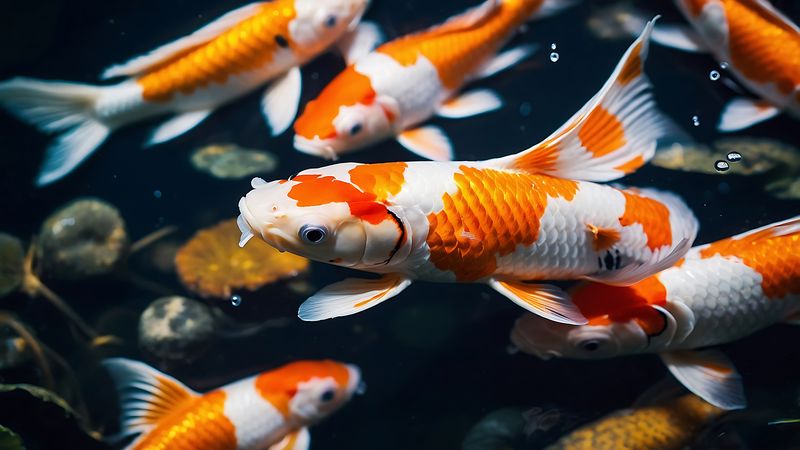
Koi aren’t just fish—they’re living art with individual personalities and potential lifespans exceeding 100 years! These descendants of common carp have been selectively bred in Japan for centuries to create the dazzling color patterns we admire today.
Proper filtration is non-negotiable, as these hefty fish (potentially reaching 3 feet long) produce significant waste. Maine’s cold winters mean outdoor ponds require depth of at least 4 feet to prevent freezing, plus de-icers or air pumps to maintain oxygen exchange.
Hand-feeding creates remarkable bonds—my neighbor’s koi recognize specific family members and surface immediately when their favorite humans approach. The vibrant splashes of orange, white, black and red swimming beneath ice in winter create a magical Maine landscape feature.
